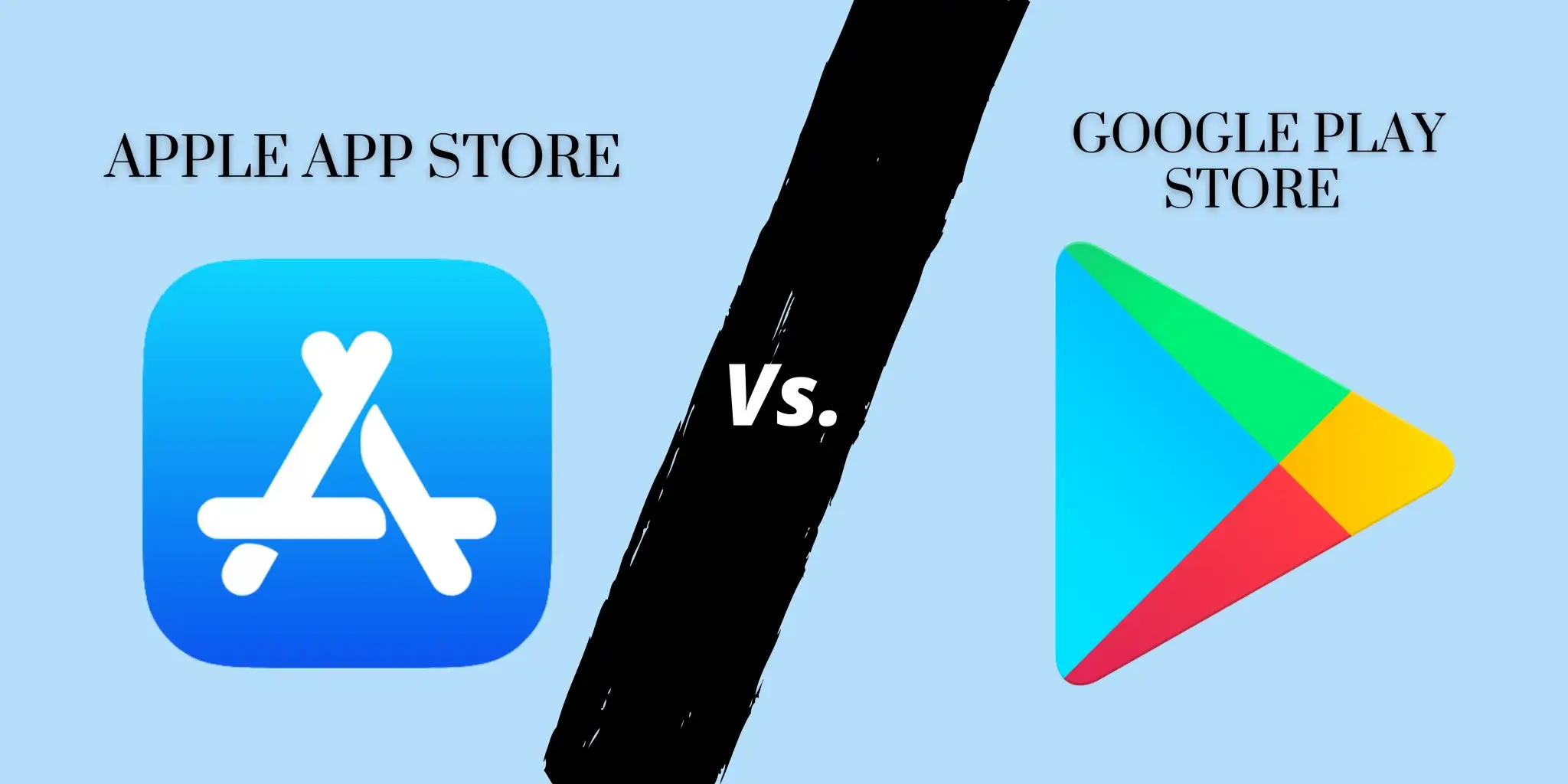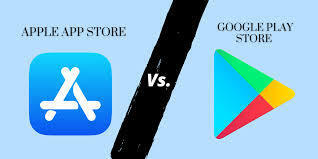
The iOS App Store and Google Play are two distinct worlds in the app ecosystem. The eternal question of App Store vs Play Store comes up whenever developers plan their next project. They want to know which platform is better for them, but unfortunately, there’s no easy answer — it all depends on your needs at that specific moment in time! One side of the app store only produces IOS applications that come in iPhones, while on the other side Play Store exclusively makes Android apps to be used on different kinds of smartphones. An app may be available across both platforms. One might provide a more suitable environment than the other depending on what you’re trying to accomplish with it. At Squash Apps, we’ve got an exquisite team of mobile app development team whom can build your dream apps tailored perfectly to your needs. We have hands-on experience in building cross-platform apps suitable for both the App Store and Google Play Store with a portfolio of diverse countries and needs. So let’s explore some differences between each operating system while highlighting the advantages and disadvantages of each side along the way.
Let’s get into Numbers First…
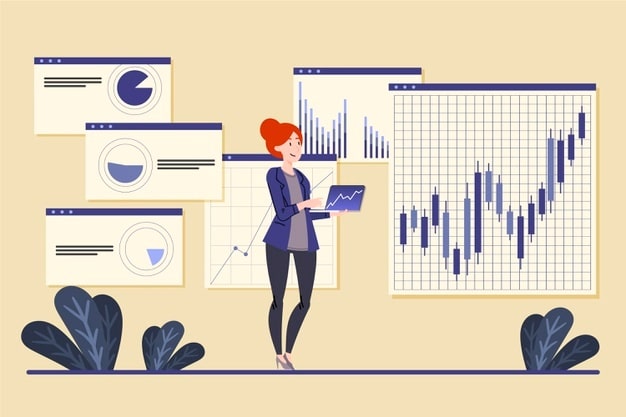
Credits: Freepik
Market Shares
There is a common misconception that app stores like the Apple App Store and Google Play store are the places where quality apps can be found. However, this isn’t always true because Android has 72.7% of users while iOS only holds 26.42%. 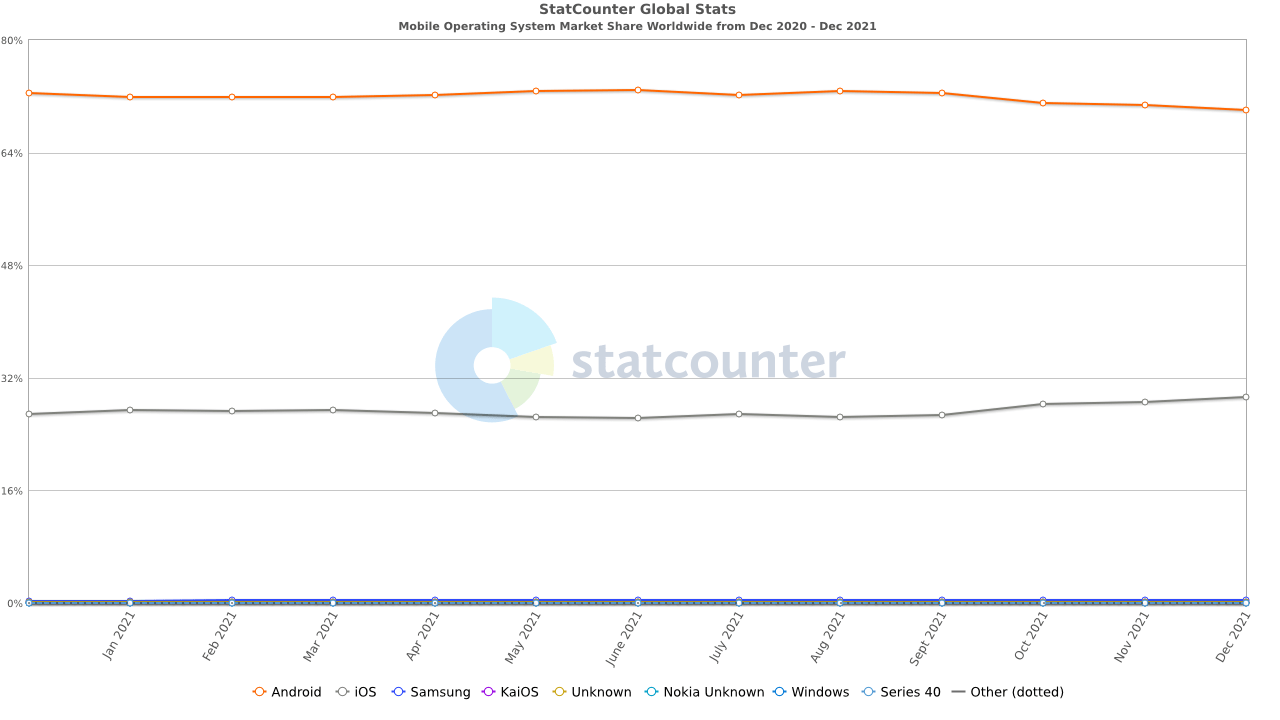
Credits: Statcounter
While more doesn’t always mean better, it’s crucial to recognize why people perceive one platform as superior over another: The process for getting approved in Apple’s App Store is significantly stricter than with Google Play Store. A recent study found that there are over 2,000 fake apps in the Google Play Store. Fake or malicious apps are a problem for both Android and iOS developers because if their goal is to position their app as safe and high-quality, releasing it on iOS may help build brand perception. Apple and Google engage in a battle for supremacy of the mobile industry. While Apple has been dominant throughout developed countries, Android has thrived chiefly in developing regions such as India or Sub-Saharan Africa. This is effectively a duopoly between two technology giants: Apple Inc., which controls both iOS software and smartphone hardware; and Google’s, which runs on devices produced by different companies yet still manages to thrive across various locations around the world despite not being affiliated with any specific manufacturer itself. These differences have caused each company to succeed at slightly differing use cases depending upon their region/country of choice, but they remain persistent competitors nonetheless!
Revenue Potential
No matter which platform you choose, there will definitely be competition for app users. There are 3.4 million apps in the Google Play Store and another 2.2 million in the App Store available to download by 2021, with no sign of slowing down anytime soon. From a pure perspective, your app is just one drop within millions that exist on both platforms -the Google play store and Apple’s App Store. However, it doesn’t mean success isn’t possible; it only means being smart about marketing efforts! From a remarkable growth perspective, both the iOS and Android app platforms have seen an even rise in revenue. However, where do users spend more money? Apple’s App Store generated approximately $72.3 billion in revenue, making it twice as successful at generating money as Google Play Store, the second-largest app store, which only made around $40 billion in 2020. This huge difference in revenue may be related to the fact that iPhone or Apple Device users typically have a higher income. They also spend more time on apps compared to Android users, perhaps because of their preferred device or affordability concerns.
User Interface
When Steve Jobs died, his competitor Nokia’s CEO said he would be remembered for his simple and elegant designs. Apple definitely has the trademark of iOS with its simple elegance; given this fact, all apps must conform to their UI standards, making it easy to use for iOS devices. On the other hand, Android does not have as much ease in terms of design but is highly configurable compared to others out there, thus making a point towards being one step ahead of competitors such as iPhone or iPads running under the iOS platform.
Mobile Applications
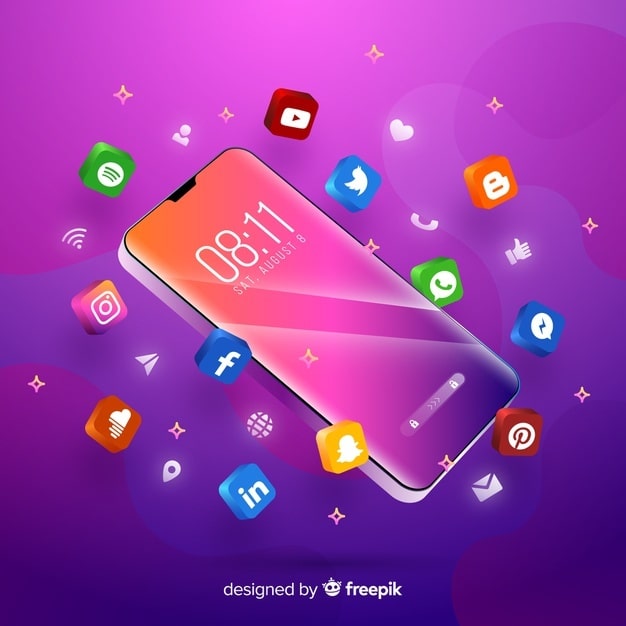
Credits:
Freepik
While the UI is the foundation of the smartphone experience, users will spend the most time using their apps. The availability of diverse mobile applications across iOS and Android has exploded with the top 8 apps in terms of downloads. Here’s a list of the top 8 apps in the App industry published by TechGig in October 2020:
- Zoom
- Messenger
- Google Meet
- Aarogya Setu
- YouTube
In 2021, the battle of App Store vs Play Store will have more than 4 million apps available. This is a massive difference from the number of apps in 2010 when their stores only offered 500 thousand to 1 million options for users. With four times as many app offerings, it gets harder and harder to find what you’re looking for or even know where your favorite ones are hiding if you haven’t used them recently! Android users can also download apps from outside the Android market, increasing the number of potentially available apps. However, it is essential to check with your carrier before assuming that you will be able to access all desired applications on a new smartphone because carriers have their own policies restricting what may be downloaded onto devices they distribute. Some smartphone users “jailbreak” or “root” their phone to get apps that are not available on iOS through Apple’s App Store. Jailbreaking and rooting your mobile device can have consequences like voiding manufacturers’ warranties, violating carrier service agreements, and disabling certain phone features.
Application Security
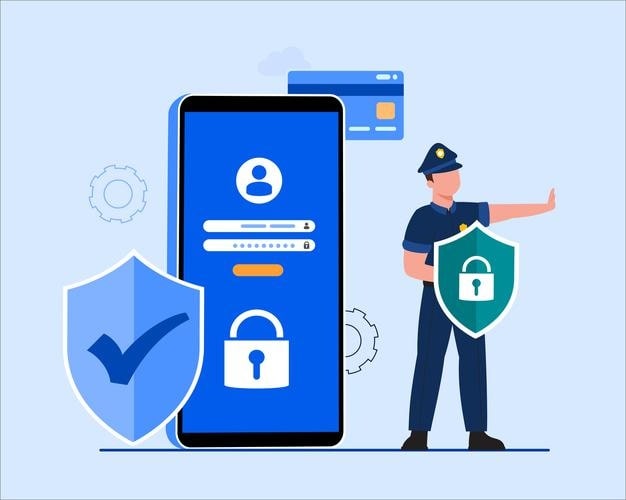
Credits:
Freepik Apple App Store has strict guidelines for what makes an ideal iOS app and has high-security concerns ensuring that the apps are secure and work well with all Apple products. Mobile App developers must go through a specific review process to ensure that they are not low-quality apps and their apps meet these standards before they’re released on the store. However, it does seem like there’s some censorship happening here as sometimes-popular or use third-party software is rejected from iTunes because of its potential competition with other proprietary Apple services. Android users enjoy the ‘freedom of choice’ that comes with more apps, but they also face many issues. Google Play Store has an automatic review process that is permissive, unlike Apple App Store. This is one reason why the number of Android applications is more significant than iOS. There’s another aspect to it; many Android users do not like these choices as there’s no quality control for app developers who make thousands every day without any checks on their work leading to low-level games flooding over the play store and users having a hard time finding good stuff among them all. Android users can use mobile security apps to help them mitigate security risks. Google will remove any known malicious apps from the play store and remotely remove them once discovered. Still, Android applications have less consistency in terms of the user interface, which makes them more prone to being hacked or infected with malicious viruses compared to iOS ones.
Mobile Development
iOS and Android both allow developers to create apps, but they also have some key differences that you should consider before choosing which platform is right for your app. The following table compares the most significant aspects regarding the battle of Apple App Store vs Play Store Store:
| Key Aspects | Android | iOS |
| Target Audience | Less valuable | More valuable |
| Development Speed | Days | 7 Days average |
| Development Language | Java, Kotlin | Swift |
| Design Philosophy | Specified Requirement | Flexible |
| IDE | Android Studio | Xcode |
| Development Complexity | High | Middle |
| App Store Acceptance | Short app review | Long app review |
| Development Time | High | Depends on complexity |
Final Verdict
At first glance, following the money makes sense for developers who want to build something that is profitable. However, it’s not a golden rule because there are plenty of monetization opportunities and app store optimization in other markets as well if you plan your app correctly and market it properly instead of only focusing on Google Play vs the iOS App Store platforms. With an estimated $6.3 trillion up for grabs in the mobile app market in 2021, don’t let where your app is released dictate its potential profitability for app developers. There’s enough to go around regardless of the release platform! In this epic battle, Apple App Store vs Play Store Store, the most pressing question is: where do your users live? Who are they, and what makes them tick? What device(s) do they prefer? The answers to these essential questions will determine the best direction for both development and marketing. There are a plethora of unique characteristics between iOS and Android users. The outcome of an app greatly depends on how well you understand your target audience, as well as the ways in which you create content that matches their needs. Apart from Android developers, the proficient cross-platform app developers of Squash Apps can deliver the final desired app tailored to your needs along with the extensive research done for you to capture and sustain the traffic.
Frequently Asked Questions:
1.Does Google Play have more apps than the App Store?
The Google Play store is the largest app market in 2021, with 3.48 million Android apps and 108.5 billion downloads worldwide from 2020-2021, making it a leading player for mobile phone users to download their favorite apps!
2.How many Apple App Store users are there?
Android has 72.7% of users while iOS only holds 26.42%. While more doesn’t always mean better, it’s crucial to recognize why people perceive one platform as superior over another: The process for getting approved in Apple’s App Store is significantly stricter than with Google Play Store.
3.What is the difference between Google Play Store and the Apple play store?
The following table compares the most significant aspects regarding the battle of Apple App Store vs Play Store Store:
| Key Aspects | Android | iOS |
| Target Audience | Less valuable | More valuable |
| Development Speed | Days | 7 Days average |
| Development Language | Java, Kotlin | Swift |
| Design Philosophy | Specified Requirement | Flexible |
| IDE | Android Studio | Xcode |
| Development Complexity | High | Middle |
| App Store Acceptance | Short app review | Long app review |
| Development Time | High | Depends on complexity |
Oviya is an experienced technical writer at Squash Apps. She has hailed from Coimbatore, who is a Literature graduate & fond of penning words that fall right into the contexts! She is a Numismatist, Potterwala, Blogger & has an interest in stories that make a difference in the world! Find me on Linked In!

